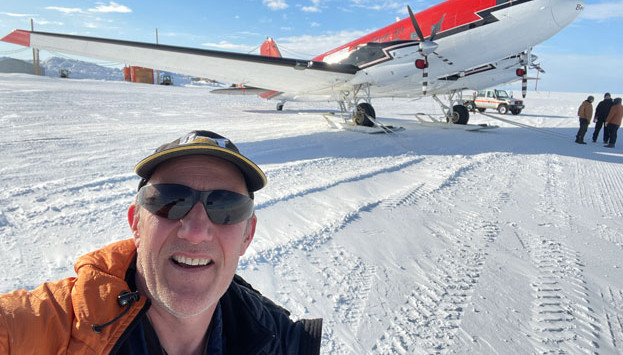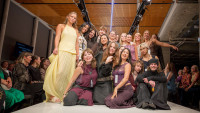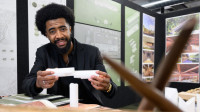It's an overseas "working holiday" few people get the opportunity to experience.
Daniel Oskam, an automotive engineering lecturer at Otago Polytechnic, recently returned home to Dunedin after a 6-month stint in Antarctica working as a summer mechanic.
The placement was a bucket list item for Daniel, and something he describes as a "once in a lifetime opportunity".
After learning about the chance of "seasonal work" at Scott Base (New Zealand's Antarctic research station) after watching a tv news story, Daniel was keen to apply.
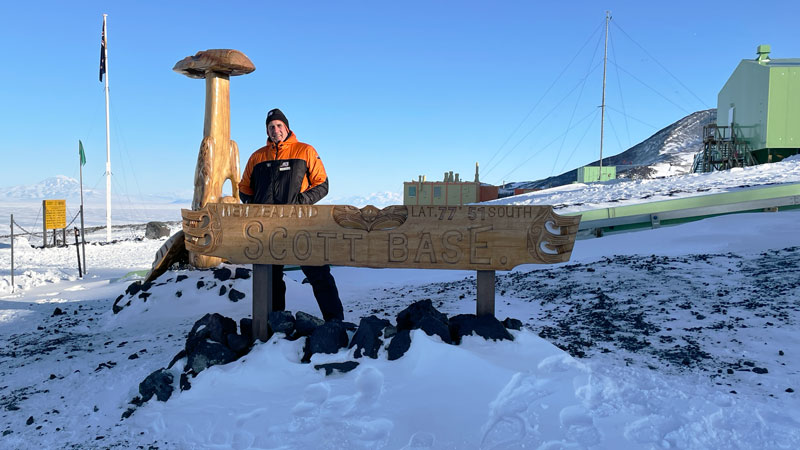
(He'd previously been part of a short project at America's McMurdo Station about 7 years ago while working for Gough Cat, helping set up machines during a change of their ice runway).
After being accepted, his process beginning with induction sessions in Christchurch, along with specialised training on how to ride Ski-Doo snowmobiles at the Snow Farm near Wānaka.
The new base staff of around 45 crew also carried out fire training, including how to wear breathing apparatus suits.
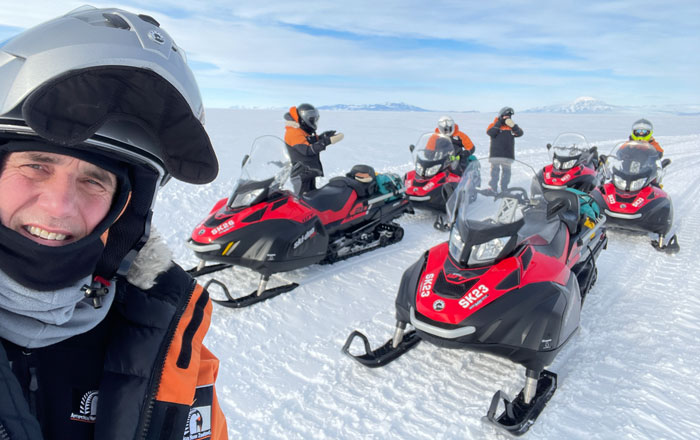
In his Otago Polytechnic job, Daniel looks after the heavy automotive department and work-based learners in years 2-4 of their apprenticeships.
Down at Scott Base, the mechanics are responsible for maintaining vehicles including the Toyota Land Cruisers used to transport people and equipment around the Ross Island area, and to and from nearby McMurdo Station.
The NZ base also has specialised over-snow vehicles like the iconic Hägglund, an all-terrain amphibious Antarctic vehicle built to conquer the rough terrain on the ice (powered by a specialised cold-weather jet fuel, designed for the extreme conditions).
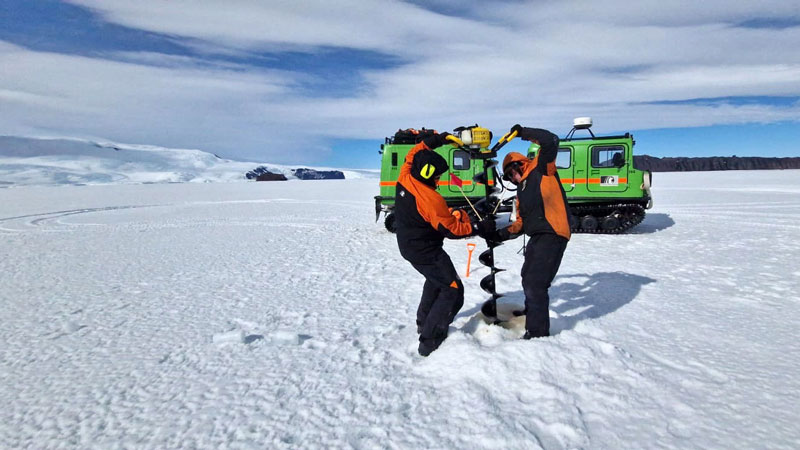
"We were responsible for servicing vehicles and doing repairs. Part of the job was looking after the equipment, and part of the job was training scientists to use the equipment, including generators and jiffy ice drills."
"There were a few different things like driving on the right-hand side down there. And then there are speed limits and learning how to mitigate risks when driving through snow and ice. You have to park vehicles into the wind, to prevent the doors from being ripped off."
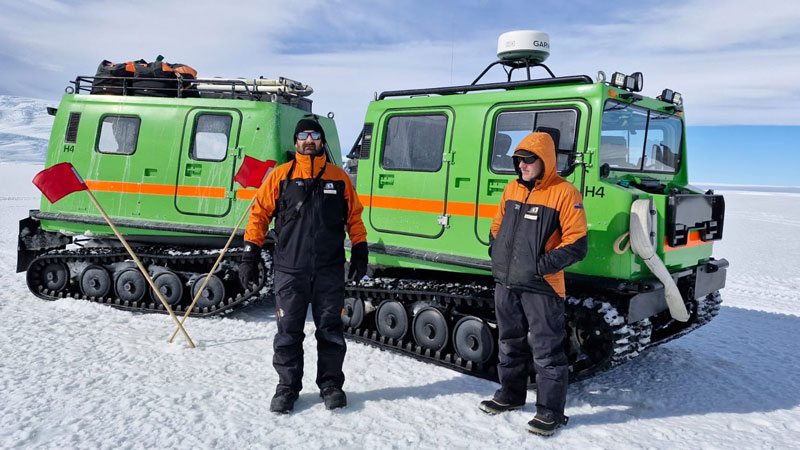
Despite the unusual location, Daniel says it was largely a regular 8 to 5 job for most of the week. But to cover for any emergencies there, the base crew were split into three fire groups, with each on call for a week at a time. (Daniel's role was as an "auxiliary" first responder).
He also got to tackle a few different challenges.
"One job I was tasked with what helping melt holes in the ice for robots that they put under the ice or dive holes, which was really interesting."
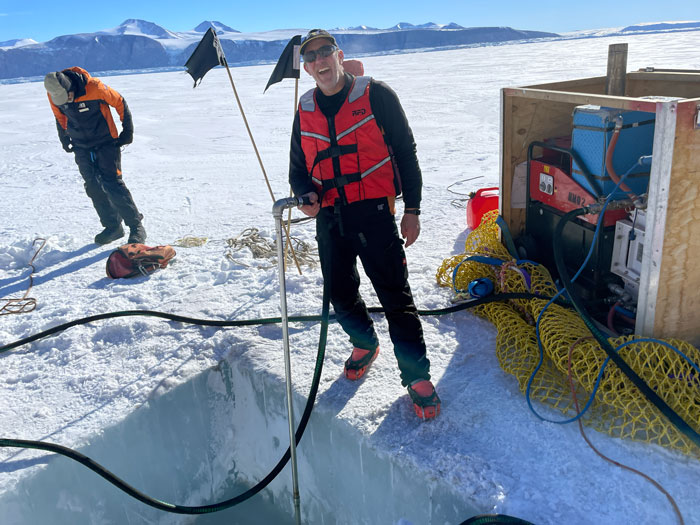
"There was limited space to travel around in your free time. But everyone was able to get off base for Antarctic field training, while remaining within a digtal footprint around the base."
The team got to enjoy science events in their free time during the week, including experts who came over from McMurdo Stations to share their knowledge and what they were up to.
Daniel says the "overseas" experience introduced him to new things like glacier flows, methane seeps under the ocean, and giant sea sponges.
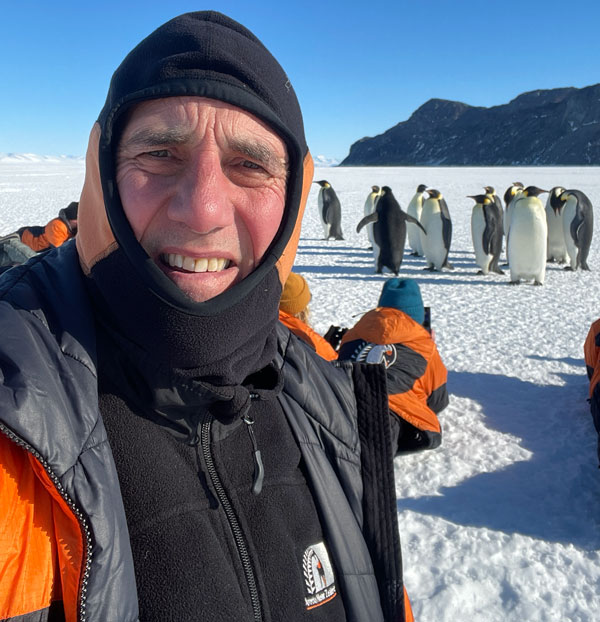
And he gained a great appreciation of the variations in weather.
"South of Scott Base is White Island and Black Island. When you saw those islands disappear, you had a half hour window to get back to base or you might be trapped."
"The weather can change very, very quickly. You might be out on the sea ice, drilling holes. And then the wind could change and you're going from -10 to -20 degrees. You feel it."
Coming home again, Daniel says his Antarctic stint went far too fast. "It feels like a bit of a dream to be honest. But I've got all the photos to prove I was there!"
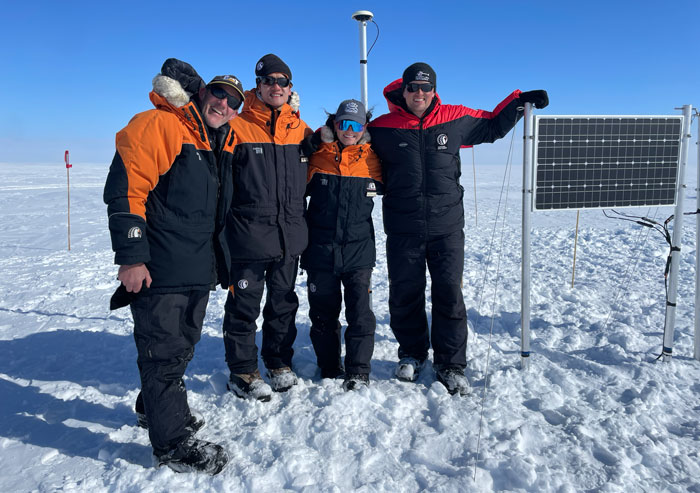
(All photos courtesy Daniel Oskam. You can check out more photos & videos from Daniel's Antarctic adventures on his Instagram page @dan_antarctica )
Published on 1 Apr 2025
Orderdate: 1 Apr 2025
Expiry: 31 Mar 2027
